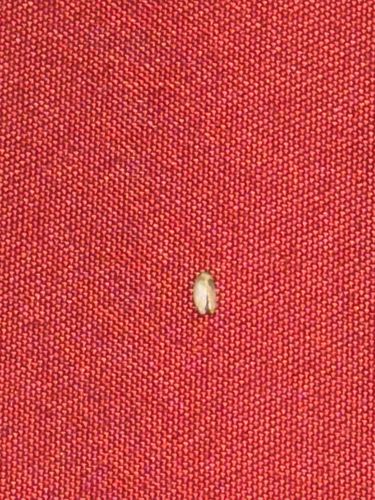Carpet Beetle
Scientific Name: Anthrenus spp. or Trogoderma spp.
Order & Family: Coleoptera, Dermestidae
Size: 2-5 mm

Natural Habitat
Indoors, particularly in homes, museums, and warehouses. They prefer dark, undisturbed areas such as under carpets, in closets, behind baseboards, and in stored natural fibers.
Diet & Feeding
Larvae feed on natural fibers, including wool, silk, fur, feathers, leather, felt, and pet hair. They can also feed on dried animal products such as dried meat, museum specimens, and pet food. Adult carpet beetles primarily feed on pollen and nectar outdoors.
Behavior Patterns
Carpet beetles undergo complete metamorphosis (egg, larva, pupa, adult). The larvae are the damaging stage, often hairy or bristly, and are responsible for consuming natural fibers. Adults are often attracted to light and may be seen near windows. They are typically slow-moving. Their presence is often indicated by damage to fabrics or the sight of shed larval skins.
Risks & Benefits
Potential risks include significant damage to natural fiber products like carpets, clothing, upholstered furniture, and museum collections. They do not bite or sting humans, but some people may develop allergic reactions to the bristly hairs of the larvae or their shed skins, leading to skin irritation or respiratory issues. There are no notable benefits to humans; they are generally considered a household pest.
Identified on: 9/6/2025